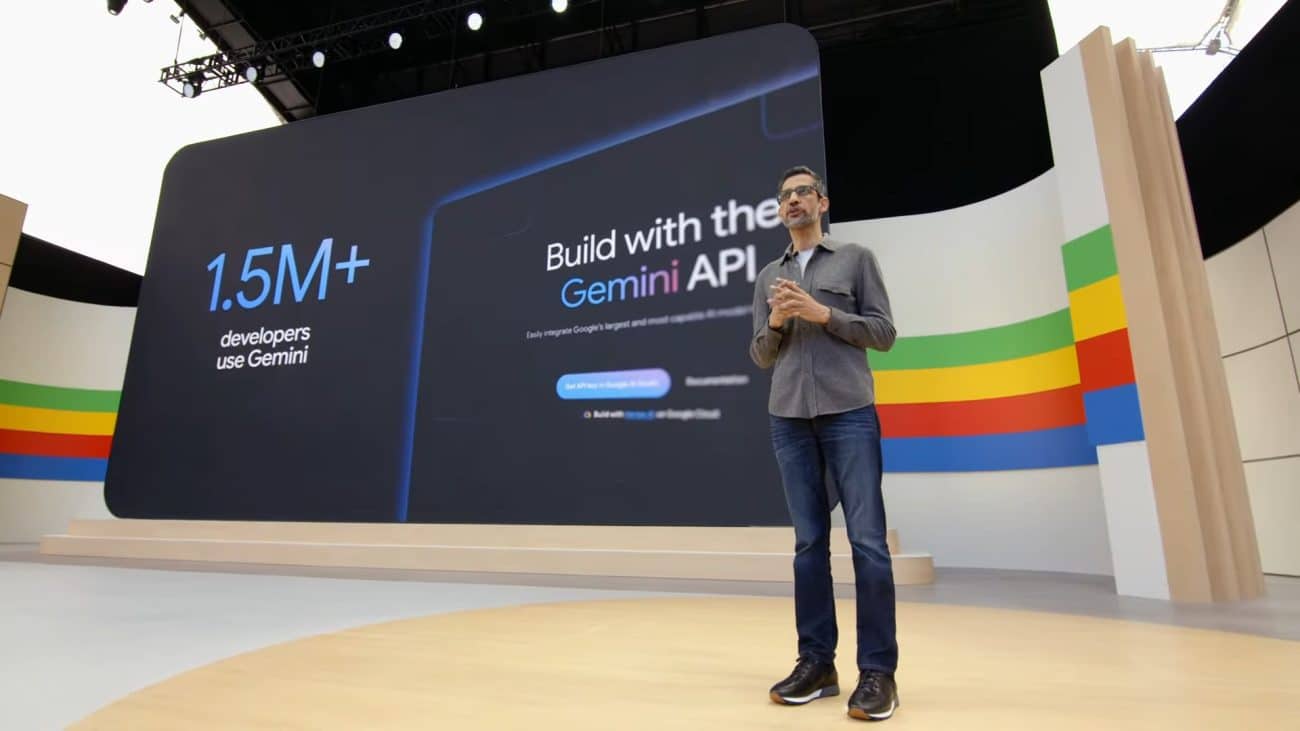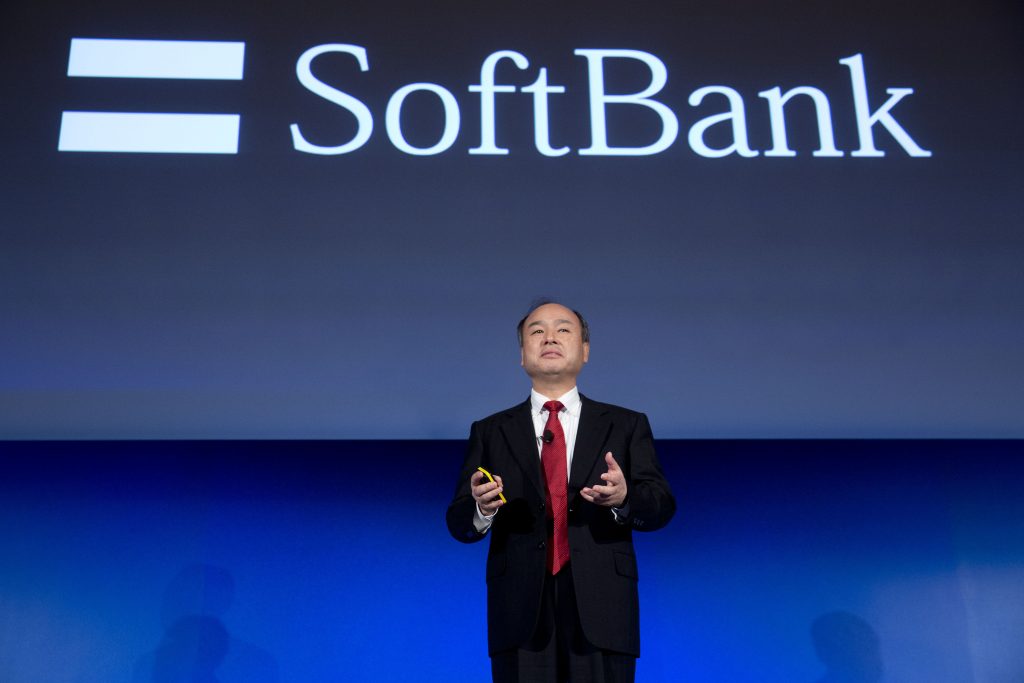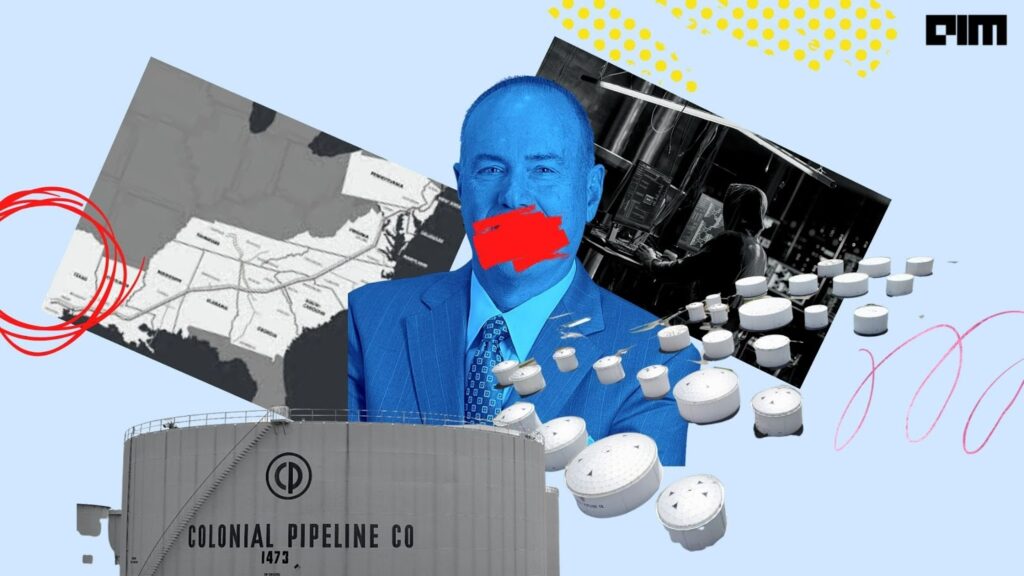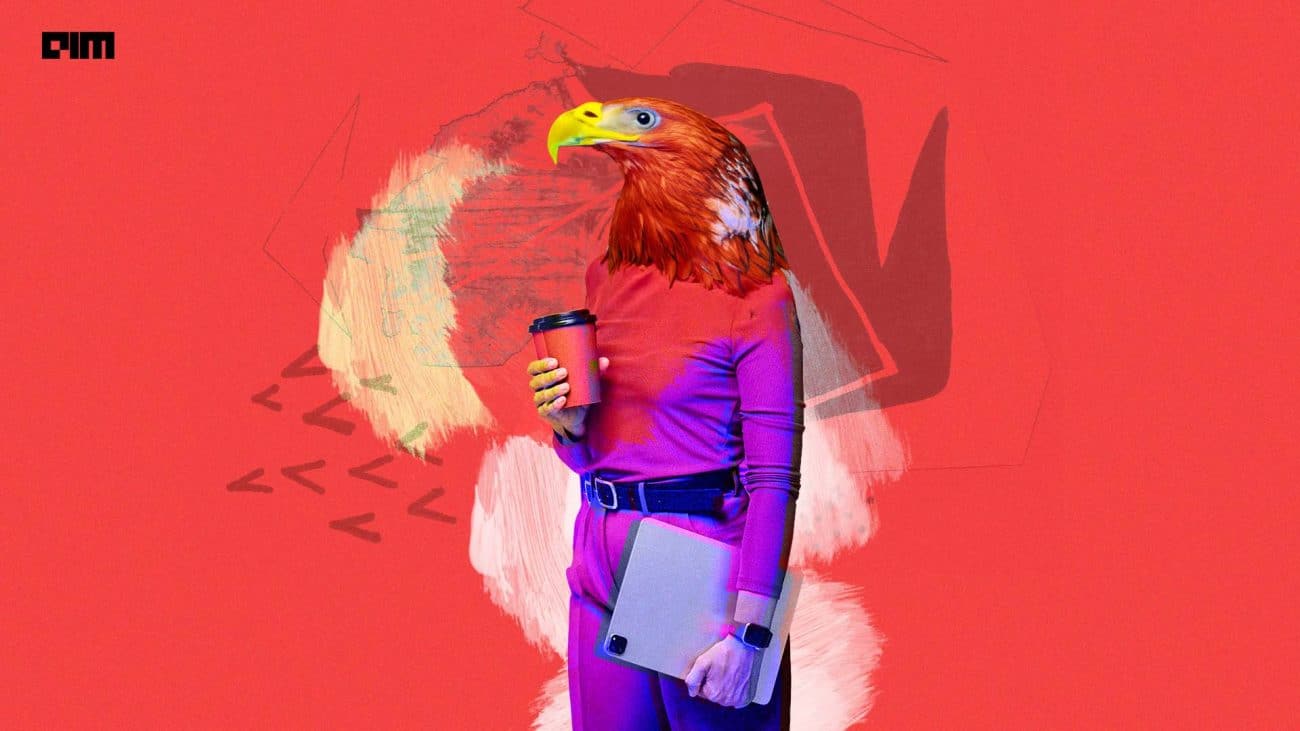The daily influx of a wide range of data collected from different sources has caused hindrance in effectively representing information and understanding it clearly. Insights from gathered data need to be effectively communicated with the stakeholders and clients. One of the best ways to do this is through data visualisation. Whatever patterns and trends that need to be communicated, can be effectively represented through attractive designs, graphs, charts, interactive diagrams etc. However, failing to follow best practices or adopt a visualisation standard can spoil the story you want to communicate.
Below are some best practices that are accepted within various industries, following these will lead to better visualisation and satisfaction.
Know Your Audience
The first best practice is to ask questions about your audience. It is essential to know about the type of audience you are dealing with because your audience will majorly affect what you want to say through your visualisation.
To ensure meaningful visualisation, one needs to ask themselves who their audience are? What kind of questions do they care about? What are the issues they are dealing with? What answers will your visualisation deliver and whether these answers will be insightful to end-users?
Not all users see a piece of information in the same way. Personals at different positions understand the dashboard you create differently. Therefore, it is essential to ensure that you are answering the questions with your visualisations to a well-defined audience.
Classify Your Data
Different visualisations work better with different types of data. Line diagrams and line graphs are a good fit for ordinal type information but are not a good fit for non-ordinal types. Scatter plots work correctly with two-dimensional quantitative.
The data types:
- Categorical- Data that belongs in the same category
- Ordinal- Data with a logical sequence
- Quantitative- Data that answers ‘how much’ of something is available
Use Visual Salience
Visual Salience is that aspect of a powerful data visualisation tool through which you can make your visualisation stand out against its surroundings. It is used to highlight some important details, but at the same time, one can utilise them to hide other highlights too. This makes designs easier to understand.
Important variables involved are colour and size. Colour schemes are important at breaking some aspects of visualisation. For example, warm colours can be used to highlight key points, and cool ones can be used for the less important ones. As far as size goes, it can be used similar to the colour schemes, more important points need more attention compared to the less important ones.
Know Your Dashboards
There are three kinds of dashboards: analytical, executive/strategic, and operational. Knowing your dashboards and keeping them clean and simple is one of the important aspects of data visualisation. Inserting a huge amount of information inside a dashboard, no matter how much the quantity is needed, it will result in a low-quality visualisation.
The three dashboards in brief:
- Analytical: These dashboards provide highly interactive view and offer a variety of approaches to a specific central topic with limited corollary contextual views.
- Executive: Provide a high-level view of the question line that is answered in the usual, routine way. The KPIs are interactive in a minimal way.
- Operational: These dashboards are used to monitor business processes that frequently change to track present metrics and KPIs.
Start Early By Designing Prototypes
Usually, a developer waits for obtaining every data before starting to visualise. Instead of waiting for collecting all the data at once before starting, it is recommended that first acquire a large piece of information to start designing concept proofs and prototypes. Next, get feedback and revise the visualisation accordingly; a few iterations will lead to a perfect visualisation. But, make sure you avoid analysis of paralysis, which tends to happen when you begin to think about approaches with the knowledge of some old projects and fail to make decisions.
































